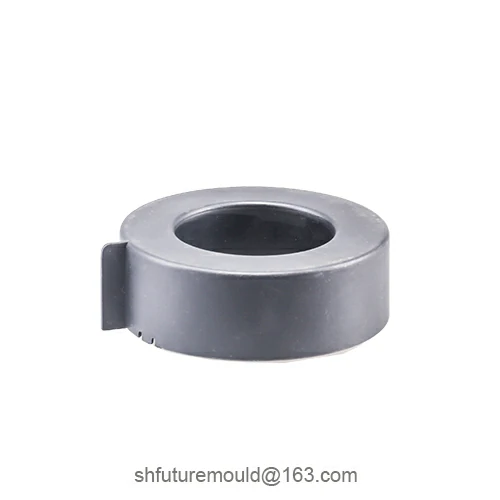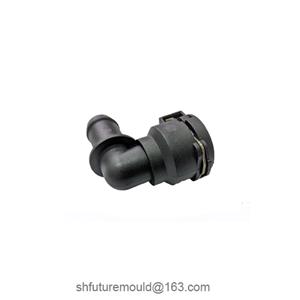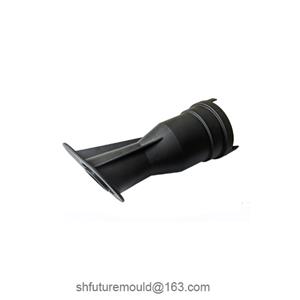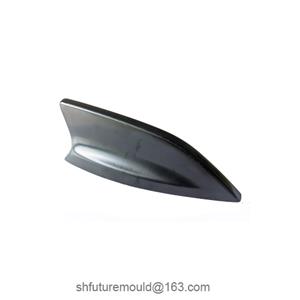The Function of Electroplating in Injection Mold Processing
Electroplating is a crucial surface treatment process that involves depositing a layer of metal or alloy onto a mold surface. This process significantly enhances the performance and lifespan of the mold.
The primary benefits of electroplating for injection molds are as follows:
Improved Wear Resistance: Increased Hardness: Electroplated layers typically possess greater hardness than the base mold material, effectively resisting abrasion from molten plastic and extending the mold's service life.
Enhanced Lubricity: Certain electroplated coatings offer excellent lubricity, reducing friction between the molten plastic and the mold surface, thereby minimizing wear.
Enhanced Corrosion Resistance: Base Material Protection: Electroplated layers act as a barrier, isolating the mold's base material from corrosive agents, and preventing rust or corrosion.
Extended Lifespan: Improved corrosion resistance enables the mold to operate in more demanding environments, prolonging its service life.
Improved Surface Finish: Enhanced Product Quality: A smooth mold surface results in a smoother surface finish for the injection-molded product, reducing surface defects.
Improved Aesthetics: Electroplated layers can provide a mirror-like finish, enhancing the product's surface quality and appearance.
Increased Thermal Conductivity: Reduced Cycle Time: For molds requiring rapid cooling, electroplating with a highly conductive metal can accelerate the cooling process, shortening the molding cycle.
- Injection Mold
- Automotive Injection Mold
- Electronics & Electrical Injection Mold
- Consumer Goods Injection Mold
- Airplane Components Injection Mold
- Medical Components Injection Mold
- Irrigation Components Injection Mold
- Injection Molds




